All rights reserved.
Published in the United States by Harmony Books, an imprint of the Crown Publishing Group, a division of Penguin Random House LLC, New York.
Harmony Books is a registered trademark, and the Circle colophon is a trademark of Penguin Random House LLC.
All photographs unless otherwise noted are courtesy of the author.
Names: Little, Amanda, 1974 author.
Title: The fate of food / Amanda Little.
Description: First edition. | New York: Harmony Books, 2019 | Includes bibliographical references and index.
Identifiers: LCCN 2018040277 | ISBN 9780804189033 (hardcover) | ISBN 9780804189057 (ebook)
Subjects: LCSH: Food supplyEnvironmental aspects. | Food security. | Sustainable agriculture.
Classification: LCC HD9000.5 .L57 2019 | DDC 338.1/9dc23 LC record available at https://lccn.loc.gov/2018040277.
and my brothers.

Introduction
Of all the places Ive visited, the Pot Pie room is easily one of the most surreal: a large white-walled, cement-floored space filled with big steel machines and a funnel roughly the shape and height of a back-alley Dumpster. The machines hum and chuff as conveyor belts move materials between them, but the funnel and the substance inside it have me mesmerized: a grayish blend of freeze-dried potato chunks, carrot pieces, celery and onion slivers, peas, and whey protein. I dig my gloved hands into the pallid, pebbly stuff, sifting through it the way people rummage through piled shells at the beach. Its weightlesshundreds of gallons of vegetables with the heft of confetti. For what instantly feels like too long, I stand there digging around, like a kid after a Cracker Jack prize, searching for Im not sure what.
The mixture slowly flows down from the funnel base through a chute to another device that weighs and divides it. The portions travel to a machine dispensing bursts of beige powder made from dehydrated milk, celery salt, powdered garlic, and chicken bouillon. The seasoned kibble is then deposited and sealed, one seven-ounce portion every few seconds, into Mylar bags along with pods of oxygen-absorbing iron, clay, and salt. The bags are labeled Chicken-Flavored Pot Pie.
This is the first stop on a tour of the Wise Companys manufacturing facility in Salt Lake City, Utah. Leading the tour is Aaron Jackson, who at the time is the companys tall, smooth, forty-three-year-old chief executive officer. Were both suited head to toe in the factorys sanitation gear, and even with his Clark Kent hair tucked under a mobcap, Jackson is magnetic. Before Wise, hed worked at Tyson Foods, where he sold frozen chicken nugget and cutlet products. After Wise, he would go on to become the CEO of NorQuin, a large quinoa producer on a mission to mass-market the ancient grain. The man could probably sell snowplows in the Serengeti, and despite my unease in this strange, vaguely ominous place, Jackson has me oohing and aahing my way through the Hearty Tortilla Soup and Maple Bacon Pancake Breakfast rooms, where thousands more gold and silver Mylar pouches roll off conveyors into bins. In each, technicians in white lab coats and hairnets look like Oompa Loompas as they pull levers, toggle buttons, and examine packages for flaws. At one point, to demonstrate the bags airtightness, a stocky technician in boots places a pouch on the floor and jumps on top of it.
The scene recalls Willy Wonkas factory in part because its achieving Wonkian ends. As a kid, Id spent hours imagining the sensations of Roald Dahls three-course chewing gum made of tomato soup, roast beef and baked potato, and blueberry pie. This is a similar attempt to create an all-in-one meal that bears little resemblance to the foods it conjuresa product that when combined with a serving of hot water simulates a home-cooked dinner. Its the food equivalent of a first-aid kit, Jackson tells me, wiping a film of beige powder from his safety glasses. A household staple that can sustain families cut off from their normal food supply.
Jacksons products range in size from a small, $20 seventy-two-hour kit with nine freeze-dried meals to a one-year supply for a family of four that goes for $7999. Each serving is about 300 calories and costs less than $1a per-calorie cost on par with prices at McDonalds. In his four years at Wise, from 2014 to 2018, Jackson says he more than doubled the companys annual sales, to about $75 million. The freeze-dried category as a whole had been growing during that time period, too, to about $400 million in annual sales, and thats part of why Ive come to Wiseto see how real this ersatz food trend really is.
Im skeptical going in. The survival food business smacks of zombie-apocalypse paranoia to my mind. Its success depends on the threat, real or perceived, of major food shortages in the United States in the coming years. And while famine is on the rise in certain parts of the worldId recently seen its punishing impacts on populations in drought-stressed regions of India, Ethiopia, and elsewherethe United States has been struggling not with a food deficit, but with caloric overload. Nearly 40 percent of our population is obese, and more than two-thirds are overweight.
The industrialized world on the whole is enjoying a more abundant, diverse, and accessible food supply than ever before in human history. The Kroger supermarket thats located a few hundred feet from my house in Nashville, Tennessee, for example, is open nineteen hours a day, seven days a week, and stocks more than fifty thousand distinct food items deriving from countries as far-flung as Taiwan and Zimbabwe. To many of us, worrying about threats against our food supply right now seems absurd, given how much there is of it.
And yet I know a growing number of people buying into the survival food trend. Id first heard about the Wise Company from my cousin-in-law, a former cop in Zionsville, Indiana, who had stashed a supply of Wise products in his basement that could sustain his family for six months. My stepbrother, a business executive who lives in downtown Washington, D.C., has invested in a one-year supply of drinking water and long-storage food. And my brother, a climate scientist with the Nature Conservancy, has also begun building a supply in the basement of his West Virginia cabin. Part of his job is wading through reports by the Intergovernmental Panel on Climate Change (IPCC), a group of more than three thousand scientists predicting an increase in average global temperatures of at least 4 degrees Fahrenheit by the end of this century. I cant imagine anything worse than not being able to feed my kids, he reasons. And the probability of major interruptions in our food supply in our lifetimes is, by almost all accounts, rising.

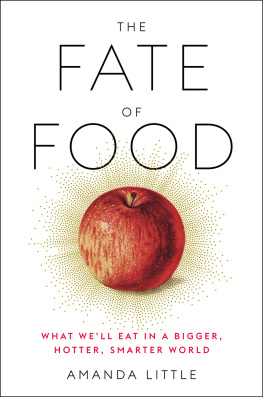



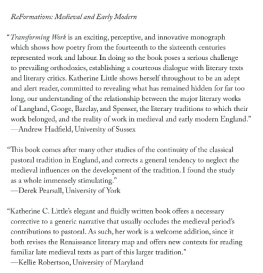


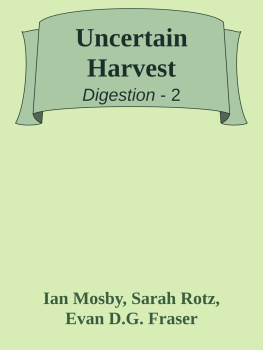
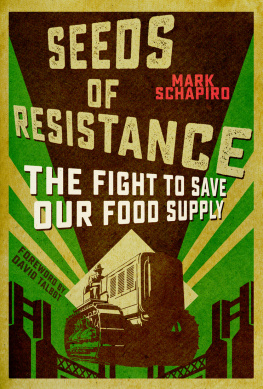
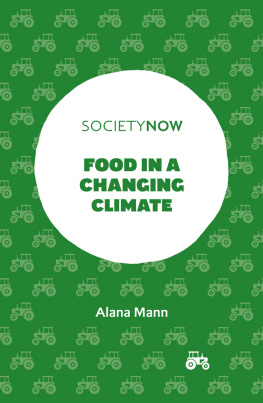
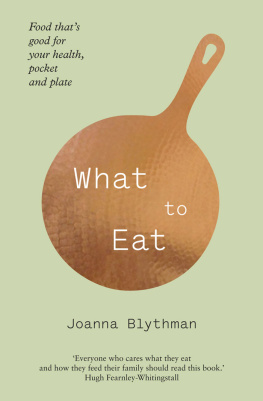
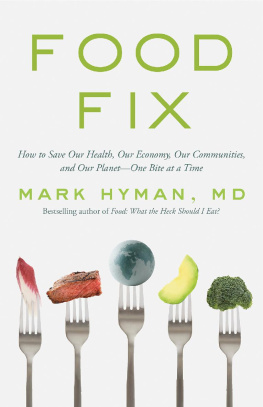
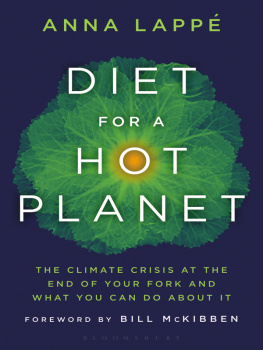
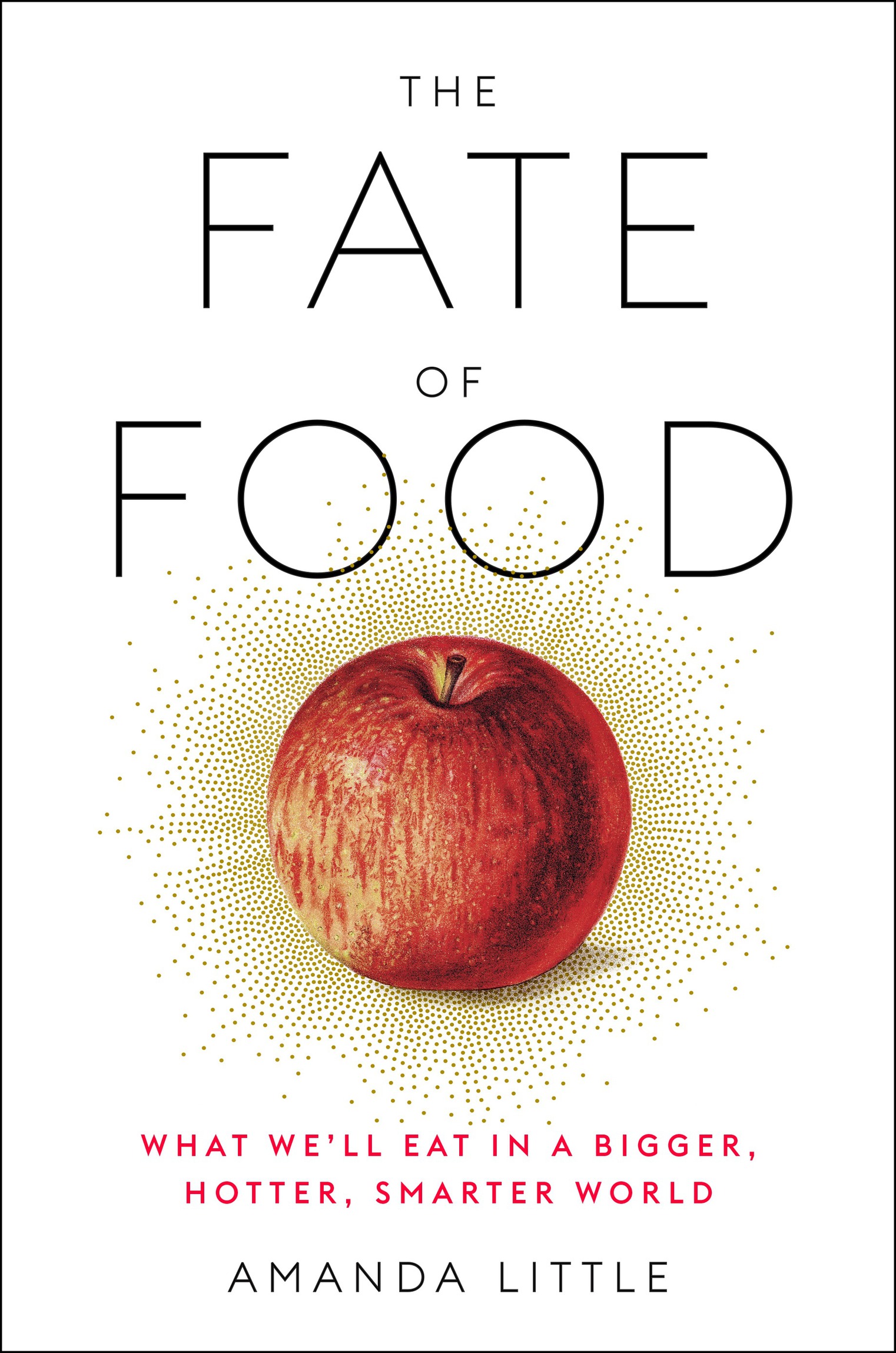
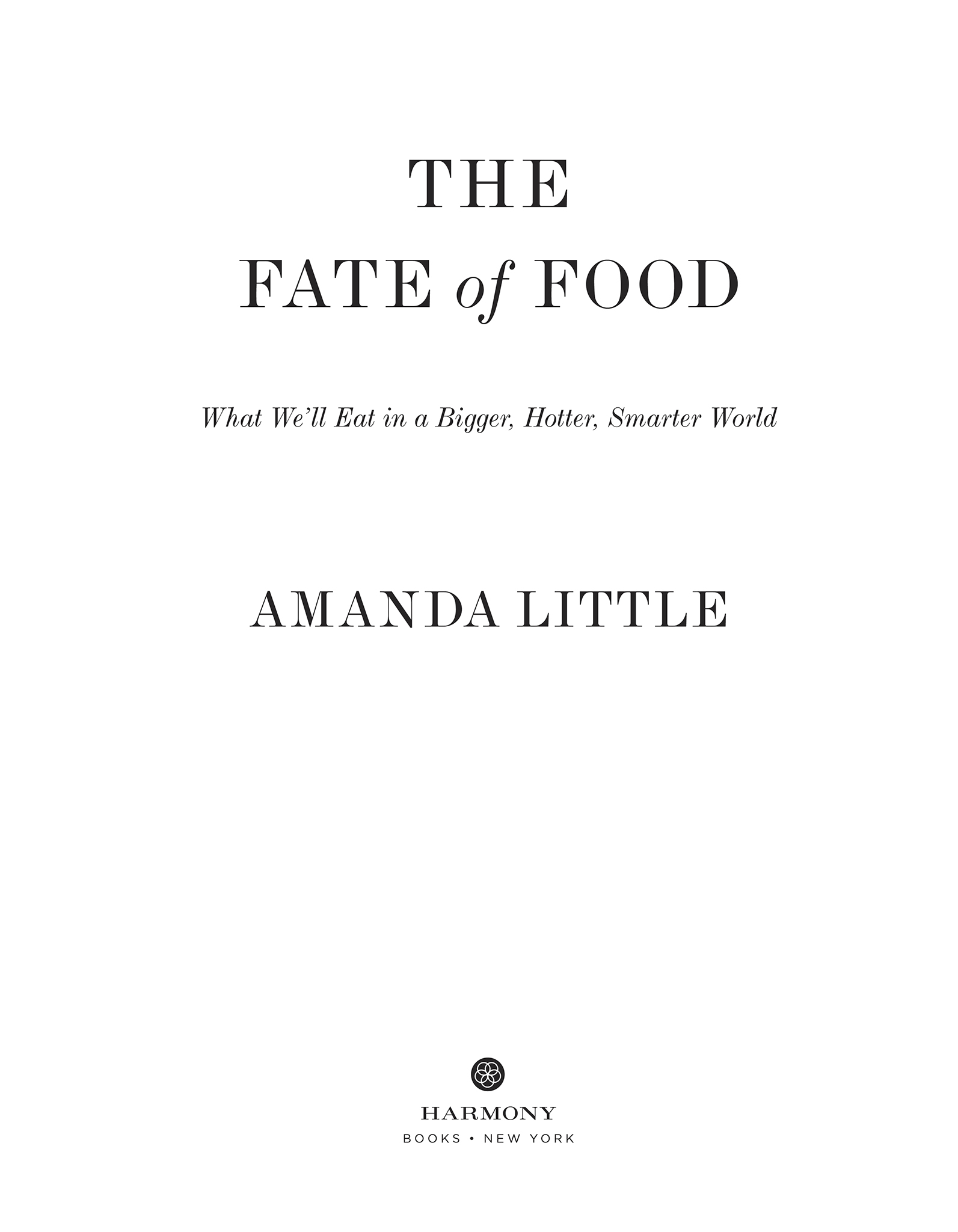
 Contents
Contents